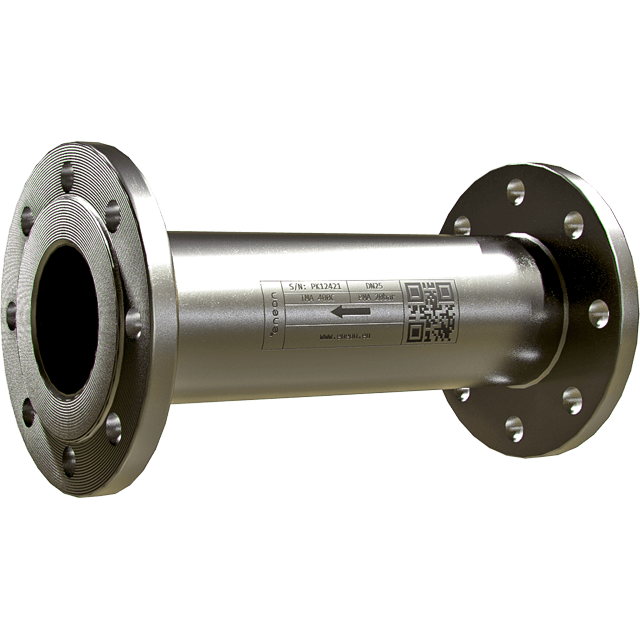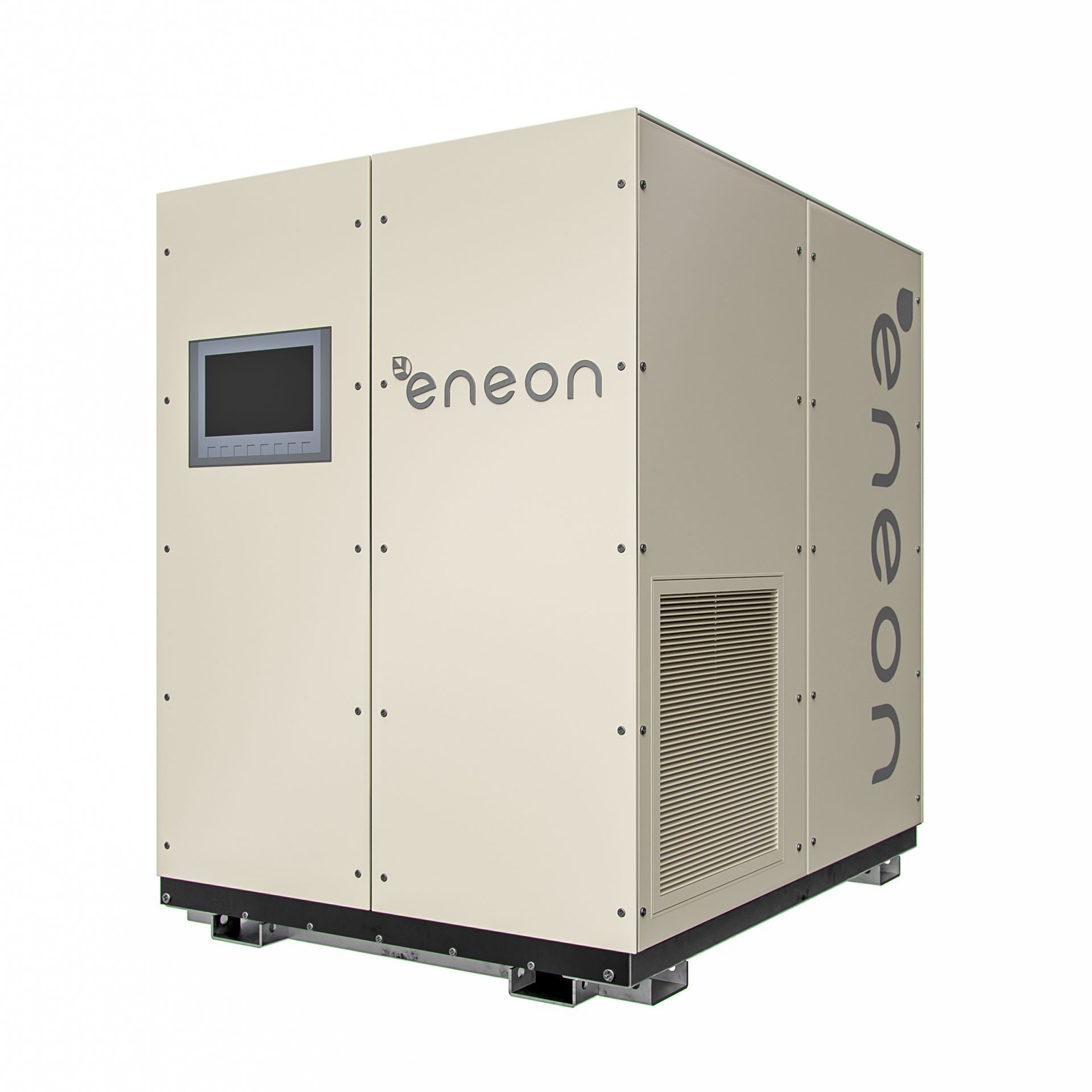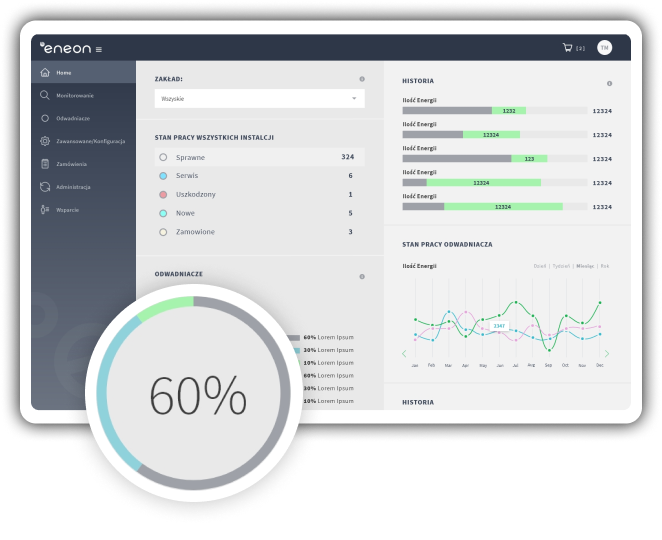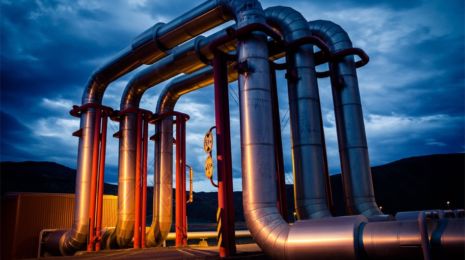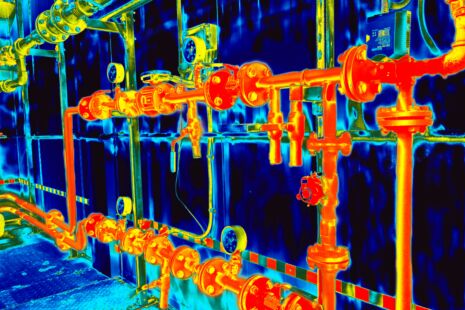
Zastosowanie nowej generacji przepływowych odwadniaczy termodynamicznych Fluxion
W instalacjach pary wodnej odwadniacze pełnią kluczową rolę w procesie odprowadzania kondensatu. Nieprawidłowe działanie odwadniaczy może prowadzić do sytuacji, które mogą negatywnie wpłynąć na efektywność i bezpieczeństwo całego systemu w szczególności może to prowadzić do: Utrata żywej pary: Jeśli odwadniacz nie działa poprawnie, może dochodzić do przedostawania się żywej pary do odprowadzanych kondensatu. To prowadzi […]




